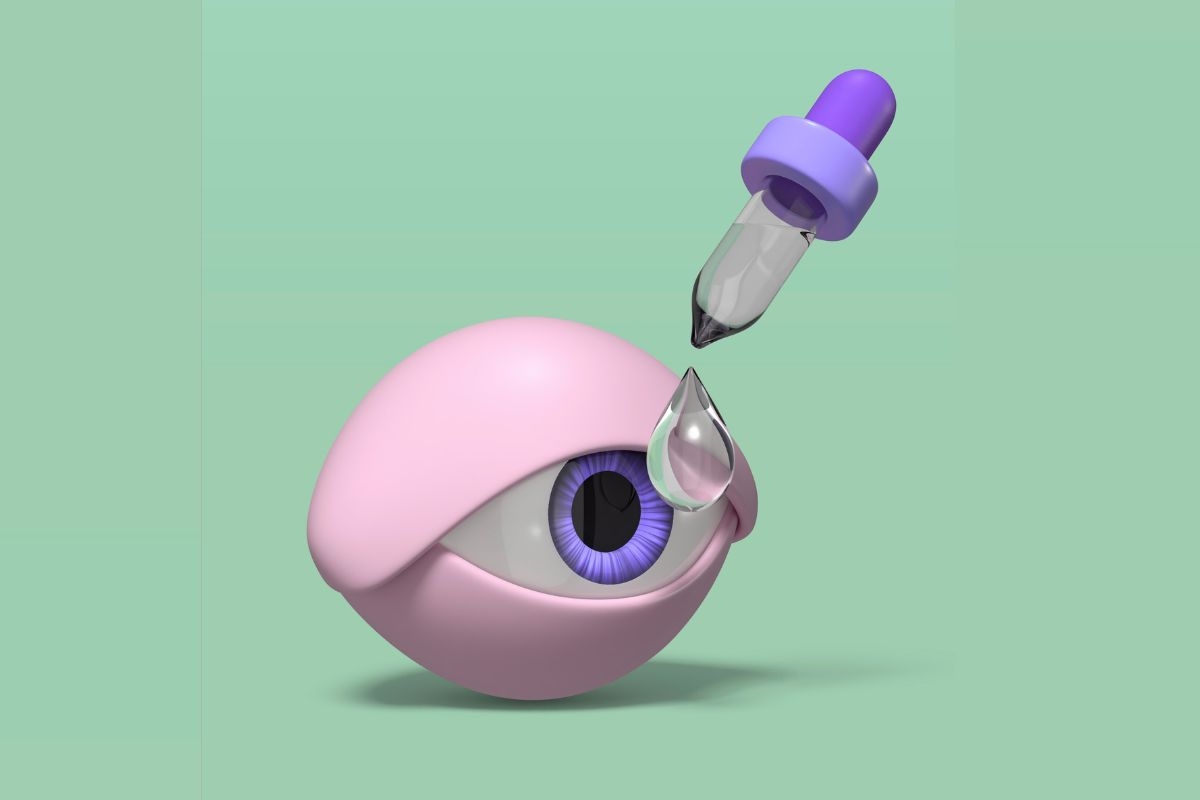One day, you’re breezing through text messages. The next, you’re stretching your arm out like it’s part of a daily workout just to read your phone. Welcome to your 40s—and the awkward arrival of presbyopia.
This age-related near vision loss doesn’t care how healthy you are or how sharp your distance vision may be. It’s not caused by overusing screens or reading in the dark. It’s biology. As we age, the lenses in our eyes gradually lose flexibility, making it harder to focus up close.
For years, reading glasses were the default fix. But let’s be honest—they’re easy to forget, hard to keep track of, and not everyone’s favorite fashion statement. Fortunately, a new player has entered the scene: ophthalmic solutions designed specifically for presbyopia.
Table of Contents
What Is an Ophthalmic Solution, Exactly?
At its core, an ophthalmic solution is a prescription eye drop. But this isn’t just a lubricating tear substitute. These drops are medically formulated to improve near vision by changing the way your eye works—temporarily and non-invasively.
They typically work by reducing pupil size, which increases the eye’s depth of field (much like stopping down a camera lens). That means sharper focus on nearby objects without interfering much with your distance vision.
Effects usually begin within 15 minutes and can last up to 6–10 hours depending on the formulation.
Why This Matters
Presbyopia affects nearly 1.8 billion people worldwide. And while glasses and contact lenses remain effective, they’re not always the most convenient or desired solution.
Ophthalmic drops offer a few distinct benefits:
- No frames. No fuss. Use once a day and forget about managing multiple pairs of glasses.
- Discreet and fast-acting. Great for social events, workdays, or travel.
- Non-surgical alternative. For those who aren’t ready—or don’t qualify—for permanent solutions like lens implants or LASIK.
And while they don’t “cure” presbyopia, they do offer functional freedom, especially for those in the early to moderate stages of vision loss.
Is This Right for You?
Here’s where it gets real. Ophthalmic solutions aren’t a silver bullet for everyone. They’re typically best suited for adults:
- Over 40 with mild to moderate presbyopia
- In good general eye health
- Without complicating conditions like advanced cataracts or retinal disorders
Side effects are usually mild and short-lived: eye redness, slight headaches, and in some cases, reduced night vision due to smaller pupils. That said, any new treatment should be discussed with your eye care provider.
Interested? VIZZ offers insights, updates, and reviews on the latest approved products—all in one place.
The Science Behind the Drop
These ophthalmic solutions leverage miotic agents—compounds that make the pupil constrict. By doing this, they simulate the “pinhole effect,” which sharpens near focus by reducing peripheral light scatter and increasing depth of field.
Think of it as your eyes adjusting to “reading mode.” And unlike glasses, which physically magnify text, these drops temporarily optimize the way your eye naturally processes close-up visuals.
Some versions are being studied with dual-action ingredients, aiming to also improve lens flexibility or hydration. The field is evolving quickly, which is why platforms like VIZZ are becoming critical in keeping patients informed.
Looking Ahead: Vision, Reimagined
Reading glasses aren’t going extinct—but they’re no longer the only option on the shelf. Ophthalmic solutions are helping people reclaim visual freedom without committing to permanent procedures or constant eyewear juggling.
For those newly noticing the blur—or tired of living around it—these drops could mark a small daily step toward a clearer, simpler life.

